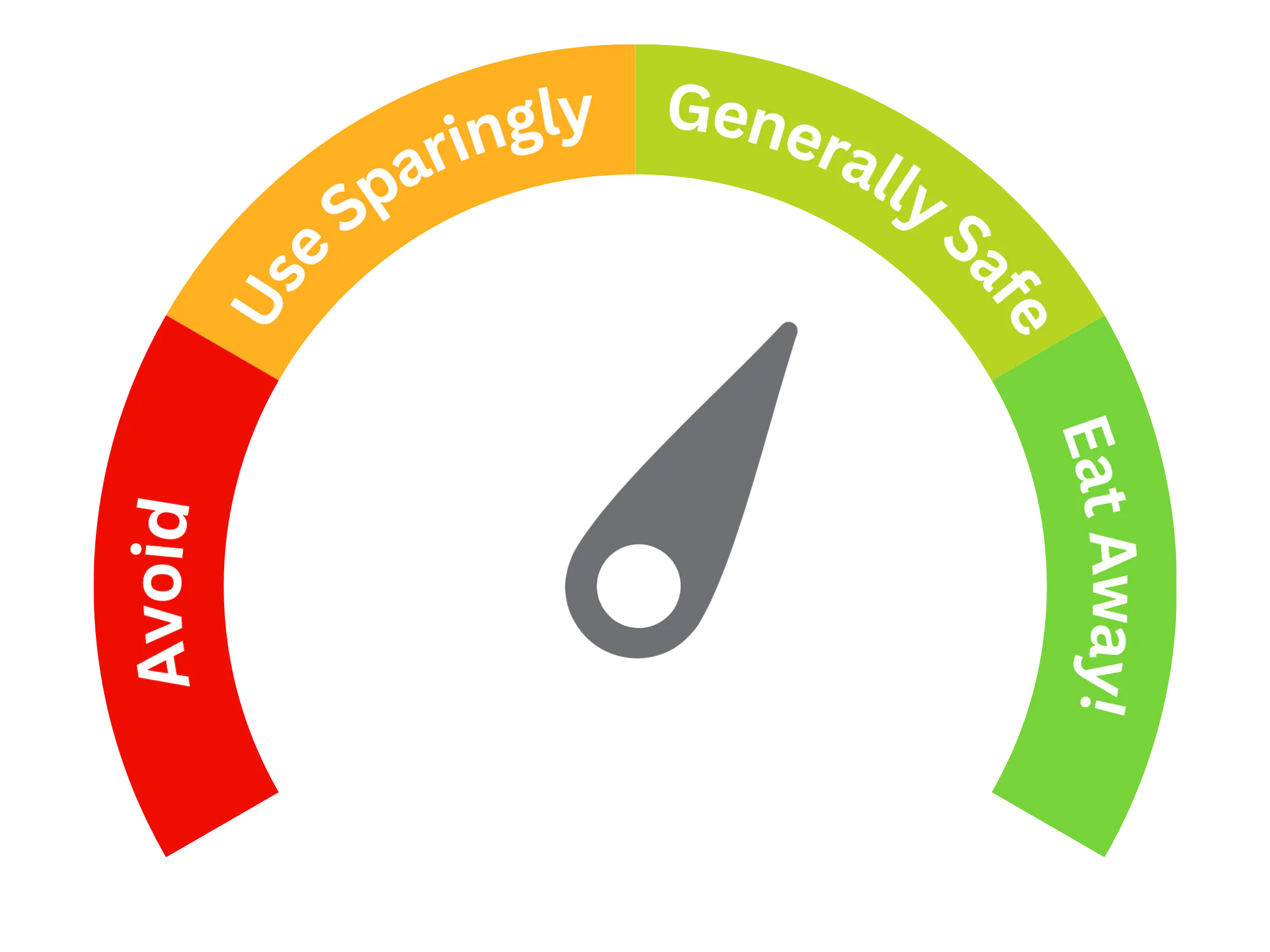Calcium disodium EDTA (E385)
| Type of additive (Glossary) | Preservatives Sequestrants Stabilizers |
| E Number | E385 |
| Chemical Formula | C10H16N2O8 |
| Also Known As | EDTA acid EthyleneDiamineTetraAcetic acid Diaminoethane-tetraacetic acid Edetic acid Versene |

Purpose and Function
This additive is used in the food industry primarily as a chelating agent and stabilizer. It helps bind metal ions, which can improve the stability and shelf life of food products. Common applications include:
- Beverages: Used to prevent the precipitation of metal ions, thus enhancing color and flavor stability in drinks.
- Processed foods: Helps maintain the quality and safety of products by sequestering metals that may catalyze oxidation or spoilage.
- Dairy products: Stabilizes and enhances the quality of processed cheese and other dairy items.
- Confectionery: Prevents discoloration and improves texture in candies and sweets.
- Canned foods: Helps preserve the color and quality of canned fruits and vegetables.
Calcium Disodium EDTA (E385) is valued for its ability to prevent the adverse effects of metal ions on food quality.
Potential Risks and Side Effects
Calcium Disodium EDTA is generally considered safe for consumption when used within regulated limits. Some considerations include:
- Allergic reactions: While rare, some individuals may experience allergic reactions to EDTA or its derivatives.
- Mineral absorption: High amounts of chelating agents may interfere with the absorption of essential minerals in the body, particularly if consumed in excessive quantities.
- Regulatory approval: E385 is approved for use in many countries, including the European Union and the United States, where it is recognized as safe when used appropriately in food products.
Overall, E385 is regarded as a safe food additive with functional benefits in stabilizing and preserving food quality.
